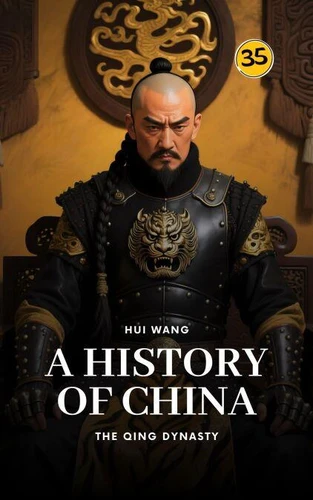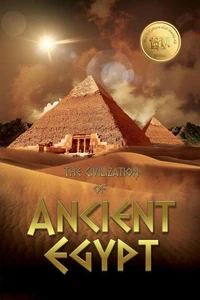The Qing Dynasty: A History of China, PART ONE, takes you deep into the rise and struggles of the empire's last ruling house. In these pages, I tell the story of how scattered tribes and ambitious leaders came together to build a dynasty that would leave its mark on centuries of Chinese history. From the earliest clashes with the Ming dynasty to the appearance of brilliant emperors, this book is my attempt to bring those figures and battles back to life.
The story begins with the so-called "barbarians" and the Jianzhou Jurchens, a people caught between survival and extinction. Their fate changed with the rise of Nurhaci, a man of vision and iron will, remembered as the great founder of the Qing. His journey from a small tribal leader with only thirteen suits of armor to the commander who unified the Jurchens shows how determination can turn weakness into power.
But Nurhaci's path was not without obstacles. Powerful figures such as Mao Wenlong, the fierce enemy who refused to bend, and the famous Five Tiger Generals of Later Jin tested the dynasty's strength in brutal campaigns. Marriage alliances among tribal chiefs, shifting loyalties, and betrayals added layers of drama to the struggle. These chapters show how fragile power could be, and how quickly friends might turn into rivals.
As the Qing grew, new battles reshaped its destiny. The dynasty declared itself with confidence, but soon faced the Great Upheaval in Jiangnan and the politics of regents who rose and fell. The bold Wu Sangui, unwilling to surrender his influence when the emperor sought to abolish the feudatories, became a central figure in one of the most dramatic conflicts of the age. The later chapters bring forward the empire's brightest and darkest moments.
You'll read about the jewel in the crown of the dynasty, the desperate stand of only 300 men, and the rise of the Living Buddha who became Khan. Finally, the stage belongs to the Scholar-Emperor, whose reign reflected both the wisdom of learning and the burdens of ruling. These figures are not just names in history-they were real people whose choices shaped the destiny of millions.
The Qing Dynasty: A History of China, PART ONE, takes you deep into the rise and struggles of the empire's last ruling house. In these pages, I tell the story of how scattered tribes and ambitious leaders came together to build a dynasty that would leave its mark on centuries of Chinese history. From the earliest clashes with the Ming dynasty to the appearance of brilliant emperors, this book is my attempt to bring those figures and battles back to life.
The story begins with the so-called "barbarians" and the Jianzhou Jurchens, a people caught between survival and extinction. Their fate changed with the rise of Nurhaci, a man of vision and iron will, remembered as the great founder of the Qing. His journey from a small tribal leader with only thirteen suits of armor to the commander who unified the Jurchens shows how determination can turn weakness into power.
But Nurhaci's path was not without obstacles. Powerful figures such as Mao Wenlong, the fierce enemy who refused to bend, and the famous Five Tiger Generals of Later Jin tested the dynasty's strength in brutal campaigns. Marriage alliances among tribal chiefs, shifting loyalties, and betrayals added layers of drama to the struggle. These chapters show how fragile power could be, and how quickly friends might turn into rivals.
As the Qing grew, new battles reshaped its destiny. The dynasty declared itself with confidence, but soon faced the Great Upheaval in Jiangnan and the politics of regents who rose and fell. The bold Wu Sangui, unwilling to surrender his influence when the emperor sought to abolish the feudatories, became a central figure in one of the most dramatic conflicts of the age. The later chapters bring forward the empire's brightest and darkest moments.
You'll read about the jewel in the crown of the dynasty, the desperate stand of only 300 men, and the rise of the Living Buddha who became Khan. Finally, the stage belongs to the Scholar-Emperor, whose reign reflected both the wisdom of learning and the burdens of ruling. These figures are not just names in history-they were real people whose choices shaped the destiny of millions.





















